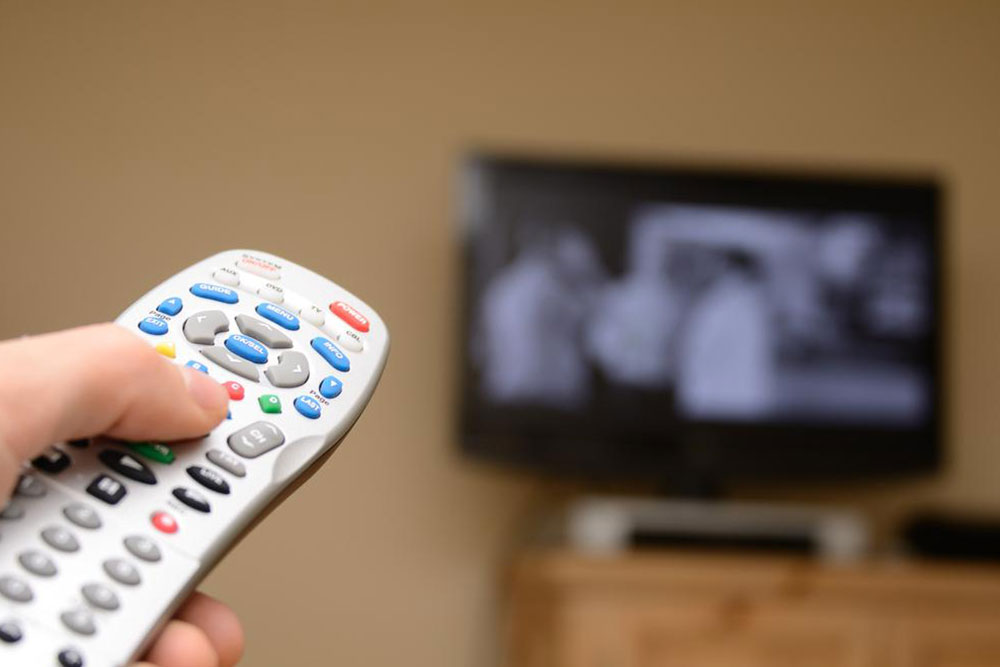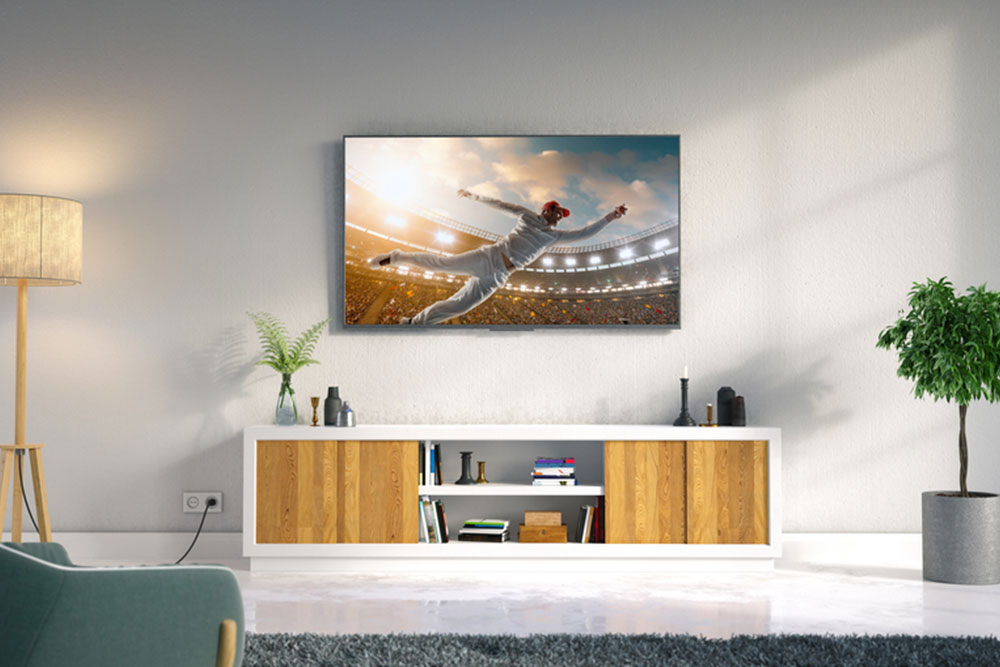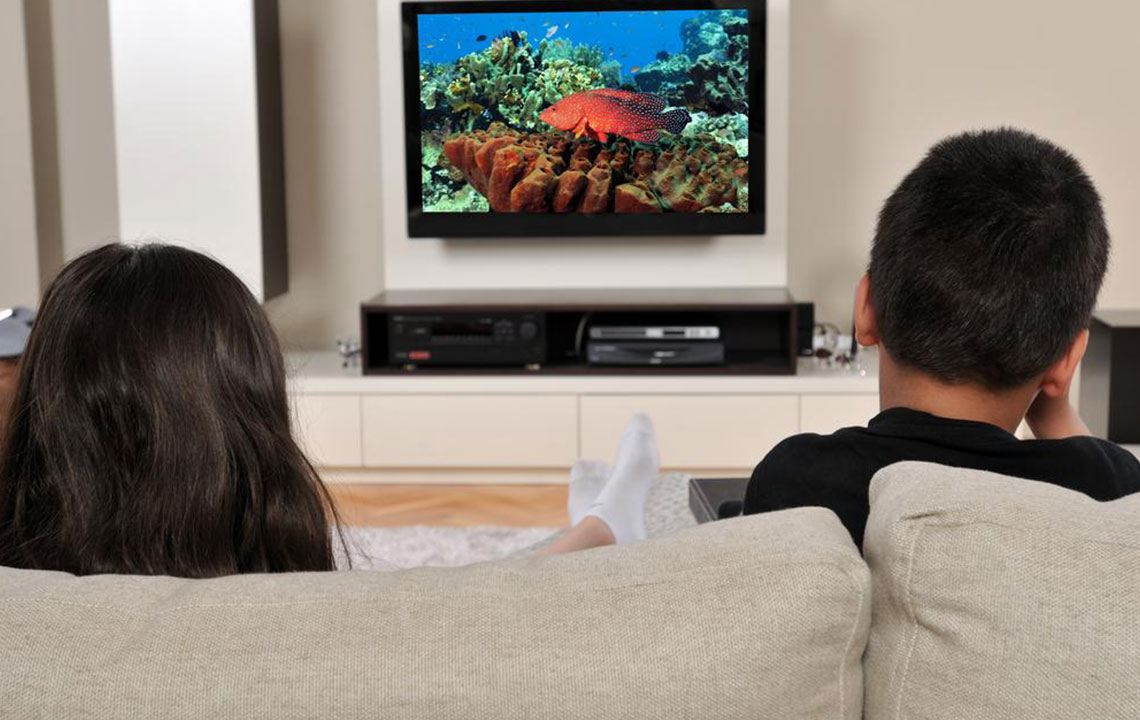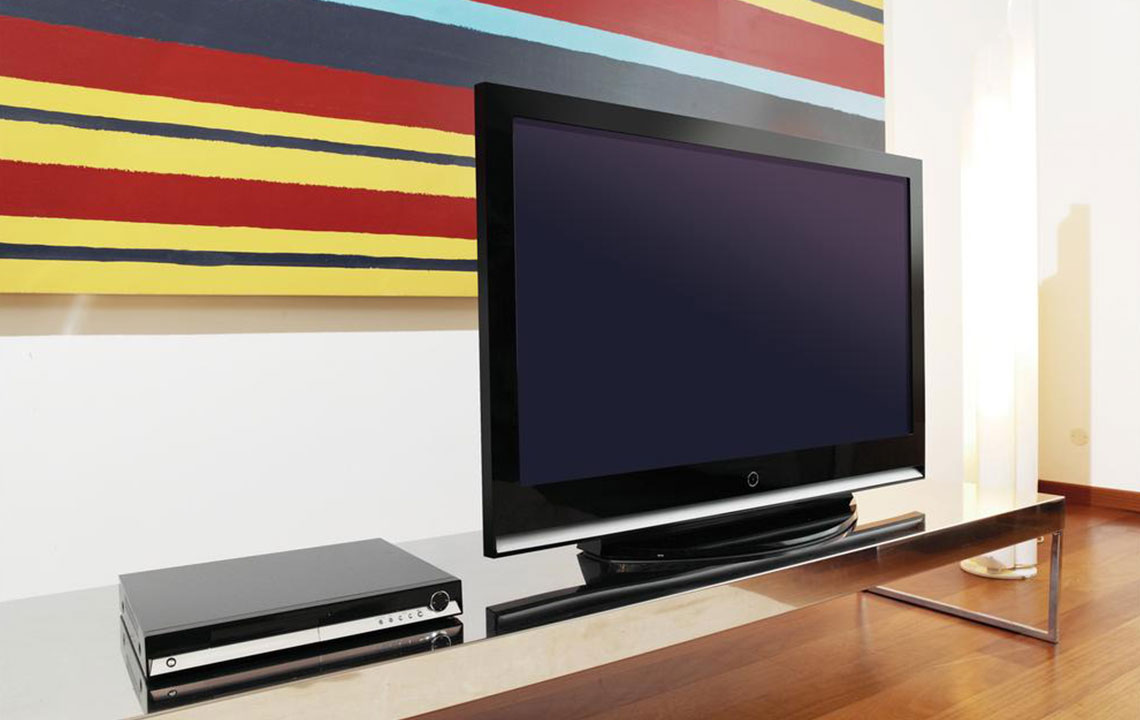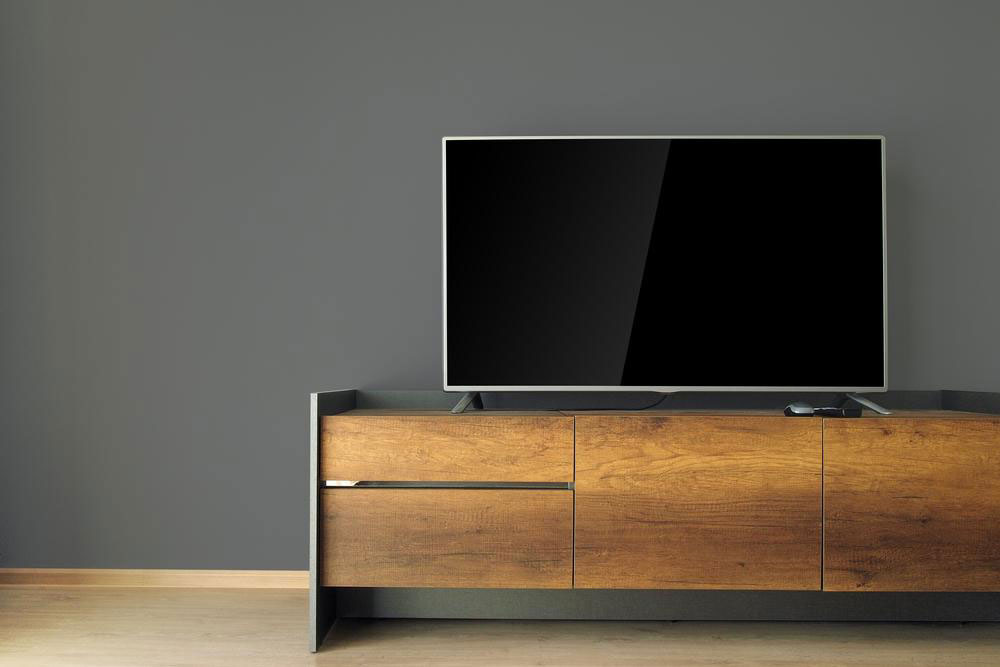Essential Tips for Choosing the Perfect LED Television
Choosing the right LED TV requires careful consideration of size, connectivity, and refresh rates. This guide simplifies the shopping process with tips on screen size, terminology, HDMI ports, and refresh rates, helping you make an informed decision. Understand space requirements and avoid marketing jargon to ensure you buy a model that suits your viewing needs and room size. The article also highlights key features to look for in a quality LED television for an optimal viewing experience.
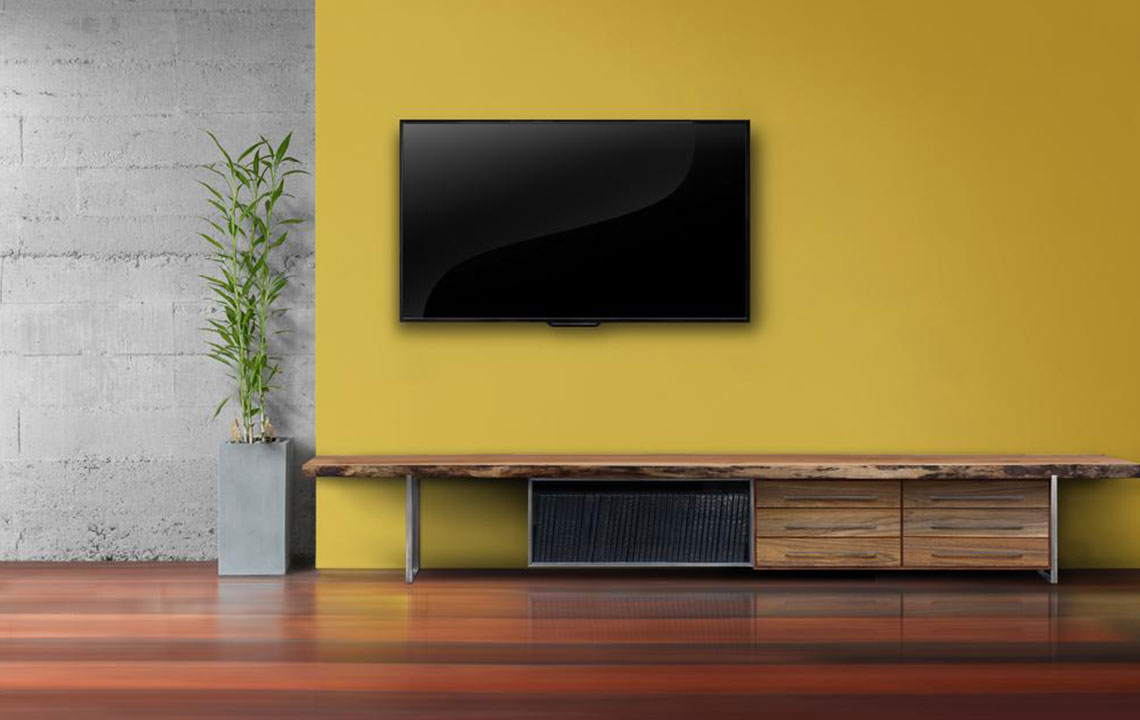
Essential Tips for Choosing the Perfect LED Television
Embarking on an LED TV purchase can be overwhelming with so many options available. If you're uncertain where to start, understanding key factors can help you make an informed choice. Without clarity on your needs, you might end up with an unsuitable model.
Before buying an LED TV, several aspects should be considered.
Guidelines for Selecting an LED TV
Choosing the right TV may take time without proper knowledge of the market. Keep these points in mind:
Display Size
Ensure the screen fits your space by measuring available room dimensions. For a comfortable viewing experience, maintain a distance that’s approximately three times the screen’s height for HD content. Visiting a retail store helps gauge ideal viewing distance.
Terminology Simplified
Avoid confusion caused by jargon like smart TV, LED, LCD, OLED, or projection TV. Typically, only LCD and LED are relevant, while other terms are often used to make marketing more complex.
HDMI Connectivity
Check the number of HDMI ports. A standard LED TV should have at least three to four ports to connect devices like gaming consoles, streaming devices, or sound systems.
Refresh Rate
The refresh rate, expressed in Hertz (Hz), indicates how many times per second the screen updates. A basic TV features 60Hz, but fast scenes may appear blurry. To improve motion clarity, opt for models with 120Hz or higher, such as 240Hz, for smoother visuals.
By considering these factors, you can select an LED TV that perfectly matches your needs and space.
Note:
This blog offers diverse insights across various topics, supported by research and data. While aiming to provide accurate information, readers should view articles as guidance rather than definitive sources. The site cannot guarantee the accuracy of third-party data or information on external platforms. Additionally, current schemes or offers may vary and could be more beneficial elsewhere.

